Travel guide: Romania's village museums, the portals to a not-so-distant past
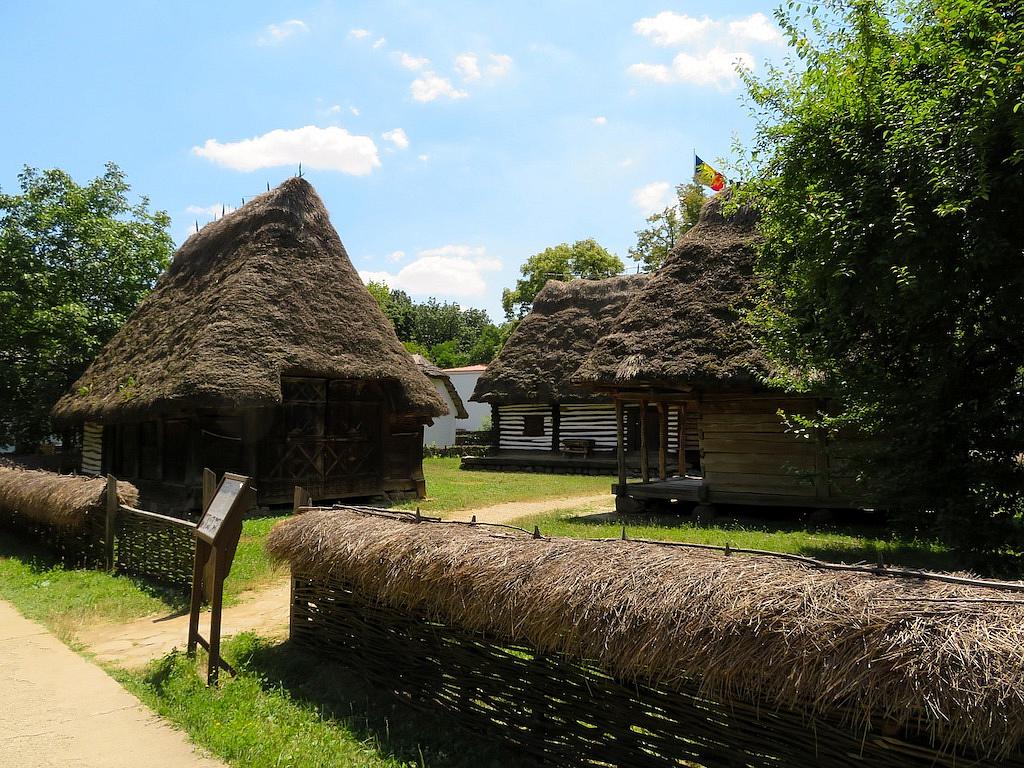
Open-air folk museums are definitely something to add to the “what to visit this vacation” list. In addition to offering a most welcome break from the noisy and crowded city life, they also give visitors the chance to discover the old traditional village life while spending some time outdoors.
The capital Bucharest is home to one of the largest and best-known open-air museums in Romania, but there are plenty of other choices across the country. For example, the ASTRA Museum in Sibiu is definitely worth visiting, as it hosts the largest open-air ethnographic exhibition in Europe. However, there are other such museums awaiting visitors in Romania, and we’ve listed some of them below.
The Dimitrie Gusti National Village Museum

Photo: Romania-insider.com
Simply known as the Village Museum in Bucharest, this open-air museum is one of the biggest such ethnographic museums in the country showcasing traditional Romanian village life, as well as one of the most popular tourist attractions in the capital. The museum is located in northern Bucharest, in one of the capital’s biggest parks – the King Mihai I Park (formerly known as Herastrau Park). Its official opening took place on May 10, 1936 in the presence of King Carol II, and to the public a week later, on May 17. The permanent exhibition covers 14 hectares and features 360 monuments in addition to tens of thousands of objects. Moreover, many events are being organized at the Village Museum throughout the year, such as workshops, fairs or performances. The museum is closed on Mondays and tickets cost RON 15/adult, with pensioners, Euro 26 cardholders and students benefiting from discounts. More information can be found on the museum’s official website here or on its Facebook page here. You may also want to read: Our Bucharest walks: the Village Museum
The Museum of Traditional Folk Civilization ASTRA
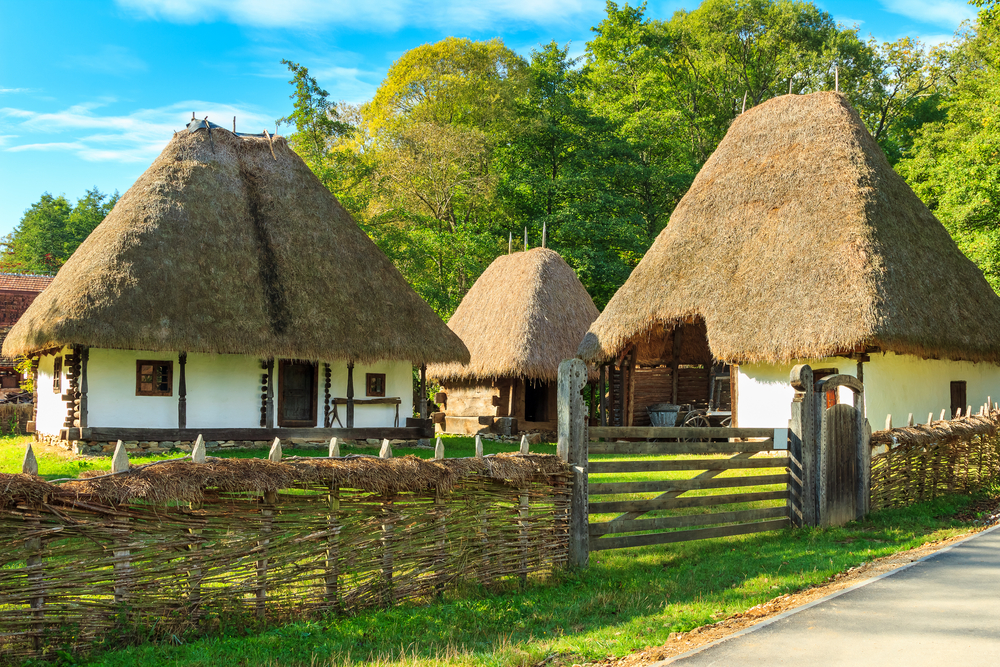
Photo source: Shutterstock.com
Those visiting the beautiful city of Sibiu should not miss this open-air museum, which features the largest open-air ethnographic exhibition in Europe. Inaugurated more than half a century ago, in 1963, the museum covers 96 hectares, with the permanent exhibition spreading on almost half of the total area – 42 hectares. It features more than 400 monuments of folk architecture and technique, as well as an impressive collection of ethnographic heritage objects. Visitors can see old mills, wooden churches and traditional houses, among many other things, and attend one or more of the many events organized here, such as traditional fairs, folk festivals, or workshops. In addition to admiring the traditional homes and old mills, a simple walk through this open museum’s natural landscapes makes the experience even more pleasant. The ASTRA open-air museum, which is part of the ASTRA National Museum Complex, is open throughout the year, Monday to Sunday, between 9:00 and 17:00. More details are available on the official website here or on the Facebook page here.
The Banat Village Museum
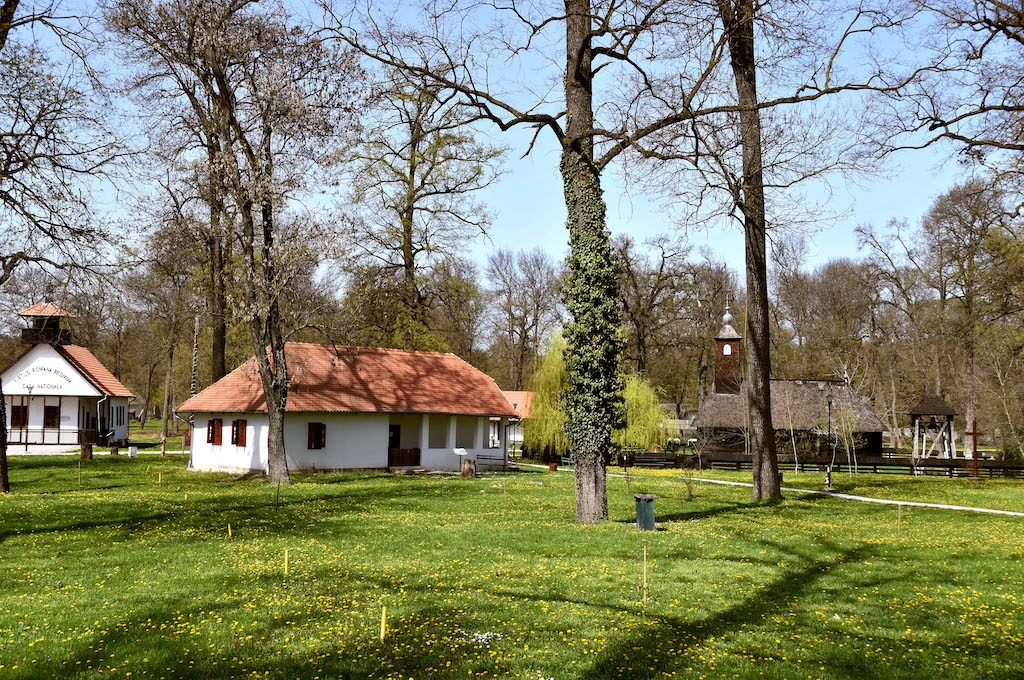
Photo source: Muzeulsatuluibanatean.ro
This open-air museum in Timisoara gives visitors the chance to capture the essence of the civilization and traditional culture in western Romania. In addition to authentic Romanian wooden, stone and clay houses, the exhibition also features a church, a school and a city hall, as well as houses representative for the ethnic groups living the western region of Banat. The museum opened its doors to the public in the summer of 1971, and has been expanding and diversified its exhibition ever since. It is currently under the administration of the Timis County Council. The Banat Village Museum is closed on Mondays but can be visited in any other day of the week. Adults wanting to visit the museum have to pay an entry fee of RON 5 while the students and pensioners benefit from free entry. More details are available on the official web page here and on Facebook here.
The Maramures County Museum of Ethnography and Folklore
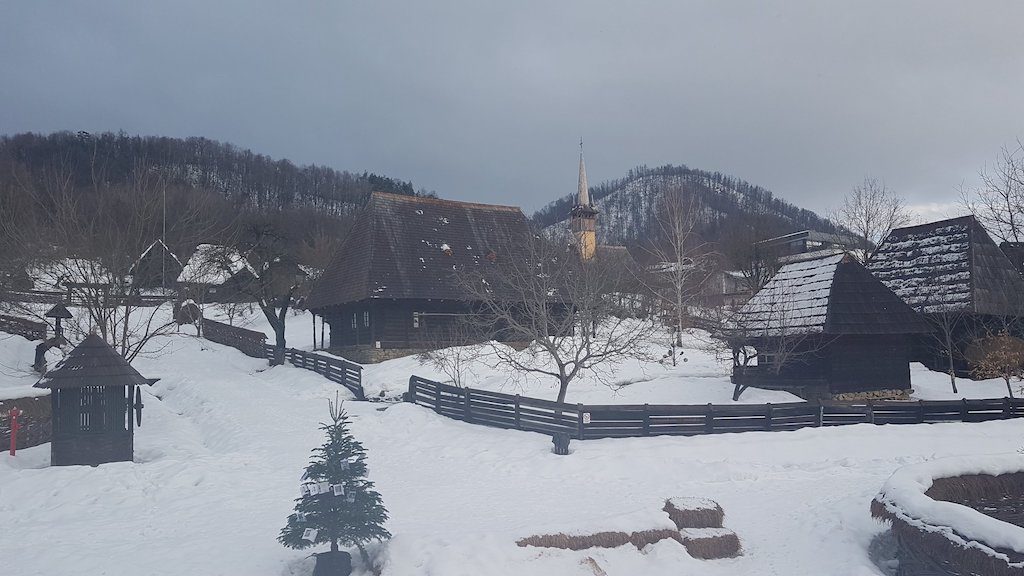
Photo source: Facebook / Muzeul Județean de Etnografie și Artă Populară Maramureș
This museum located in a picturesque area of the city of Baia Mare, in northwestern Romania, consists of two locations, namely the open-air Village Museum and the Pavillion Section. The open-air museum opened in mid-August 1985. Although its total area was cut to half over time, from 12 to 6 hectares, this place is still offering visitors the chance to discover the village life in the northern region of Maramures. It welcomes its visitors with folk architecture monuments representing the four ethnographic regions of the Maramures county: Chioar, Maramures, Lapus and Codru. The museum is open Tuesday to Sunday and the entry costs RON 5/adult. More details on its website here and the Facebook page here. There is another open-air museum that offers visitors the chance to see houses from the region Maramures grouped in one place, and that is the Maramures Village Museum in Sighetu Marmatiei. Those interested can take a virtual tour of this museum here and find more information here.
The Bukovina Village Museum
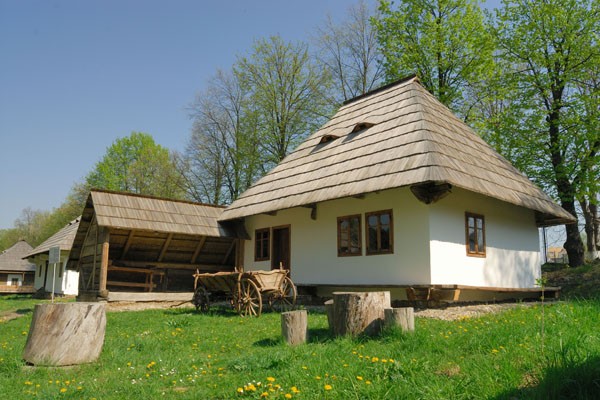
Photo source: Muzeulbucovinei.ro
This is yet another beautiful open-air museum in Romania highlighting the folk cultural and architectural patrimony. It focuses on the region of Bukovina, one of the most beautiful regions in Romania, reflecting the organization and the complex activity of the traditional village. Next to the households, which are made up of traditional houses and annexes located along the narrow street, in the center of the village, as the central point of the life of the community, visitors can find the church and bell tower, the public house and the school. Tourists can also see here water mills, different workshops equipped with the inventory specific to each profession, ovens and stoves, traditional furniture, and many other folk objects. The Bukovina Village Museum is located in the eastern part of Suceava, on Aleea Cetatii, not far from the Fortress of Suceava. More information here and here.
The National Ethnographic Park “Romulus Vuia” in Cluj-Napoca
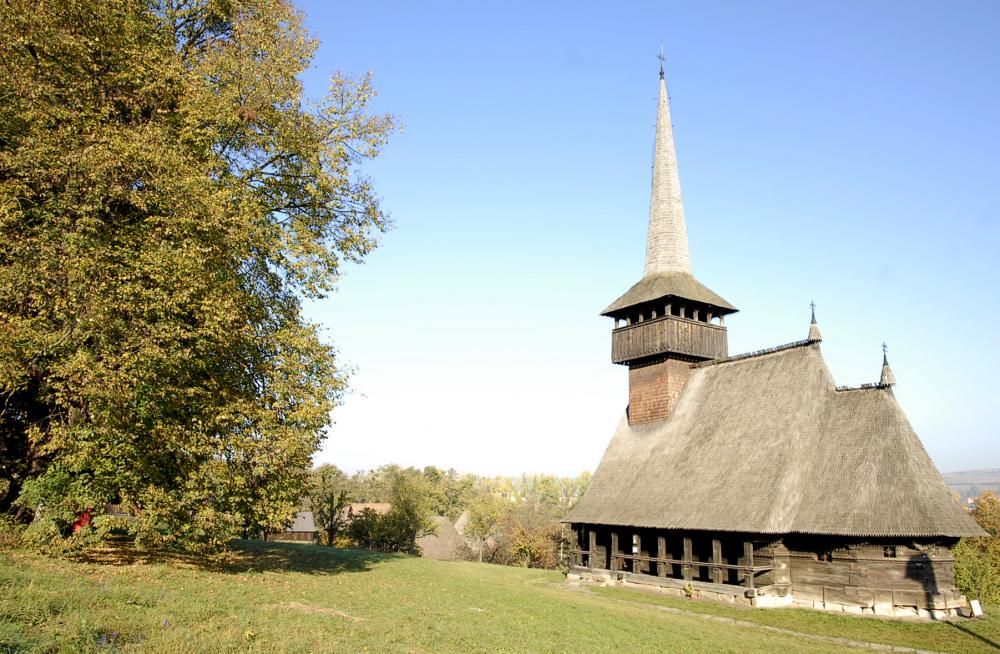
Photo source: Muzeul-etnografic.ro
Part of the Transylvanian Museum of Ethnography, the National Ethnographic Park “Romulus Vuia” in the beautiful city of Cluj is the first open-air museum in Romania. It was founded on June 1, 1929 by ethnologist Romulus Vuia. One of its sections groups traditional peasant farms representative for distinctive ethnographical areas in Transylvania, including constructions dated between 17th and 20th centuries, having the whole necessary household inventory. The exhibited buildings – most of them being dated by inscriptions – are among the oldest and most valuable monuments of architecture in Romania’s ethnographical heritage. The open-air museum is located in the city's north-west side, near the Hoia Forest. Entry tickets cost RON 6/adult. More details are available here and on Facebook here.
***** Other open-air museums to visit in Romania: the Museum of Popular Architecture of Gorj (located in Curtisoara village, more details here – in Romanian), the Village Museum of Valcea (in Bujoreni commune, more here), and the open-air section of the Museum of Viticulture and Tree in Golesti (more info here).
newsroom@romania-insider.com
(Opening photo source: Pixabay.com)
















